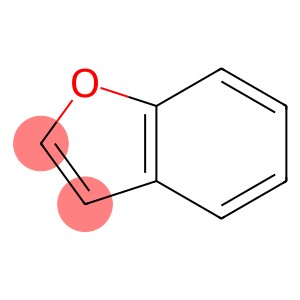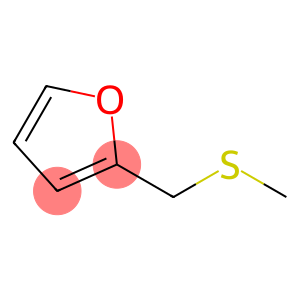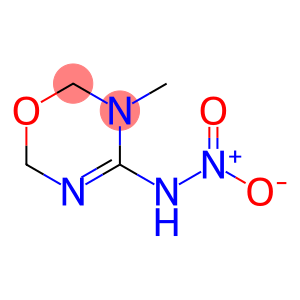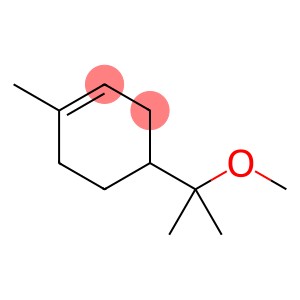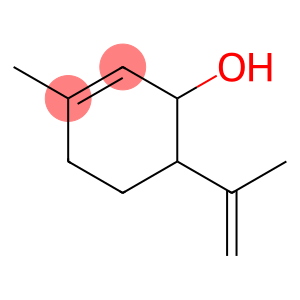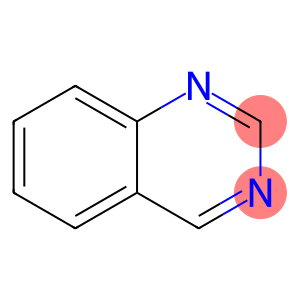2,3-Benzofuran(CAS#271-89-6)
| Risk Codes | R40 – Limited evidence of a carcinogenic effect R52 – Harmful to aquatic organisms R10 – Flammable |
| Safety Description | S36/37 – Wear suitable protective clothing and gloves. S16 – Keep away from sources of ignition. |
| UN IDs | UN 1993 3/PG 3 |
| WGK Germany | 3 |
| RTECS | DF6423800 |
| FLUKA BRAND F CODES | 10-23 |
| TSCA | Yes |
| HS Code | 29329900 |
| Hazard Note | Irritant |
| Hazard Class | 3 |
| Packing Group | III |
| Toxicity | Isolated from coal oil and used in the manufacture of coumarone-indene resin. This resin is used in paints, glue, etc. and is allowed in food packaging. Little is known about the toxicity of benzofuran to humans but acute toxicity in experimental animals involves liver and kidney failure. Chronic toxicity to animals involves damage to the liver, kidneys, lungs, and stomach. Lifetime administration (oral administration) caused cancer in both rats and mice. |
Introduction
Oxyindene (C9H6O2) is an organic compound containing benzene rings and benzofuran rings. The following is an introduction to the properties, uses, preparation methods and safety information of oxyindene:
Quality:
Appearance: Oxyindene is a colorless to light yellow crystalline solid.
Solubility: Oxyindene can be dissolved in most organic solvents, but is insoluble in water.
Use:
Oxindene can also be used as an additive to photosensitizers and polymer stabilizers.
Method:
Oxyindene can be prepared by the oxidation reaction of benzofuran and benzofuranone. The specific preparation process may involve complex steps in organic synthesis, which generally require the application of an oxidant under appropriate conditions.
Safety Information:
Oxyindene is considered a relatively safe substance under normal conditions of use, but it still requires compliance with proper operating procedures in the laboratory and in industrial production.
When handling oxyindene, appropriate personal protective equipment such as chemical gloves, goggles, and protective clothing should be worn.
Avoid contact with skin and eyes, and avoid inhalation or ingestion of oxyindene.
Oxyindene should be stored in an airtight container away from ignition and oxidants.


